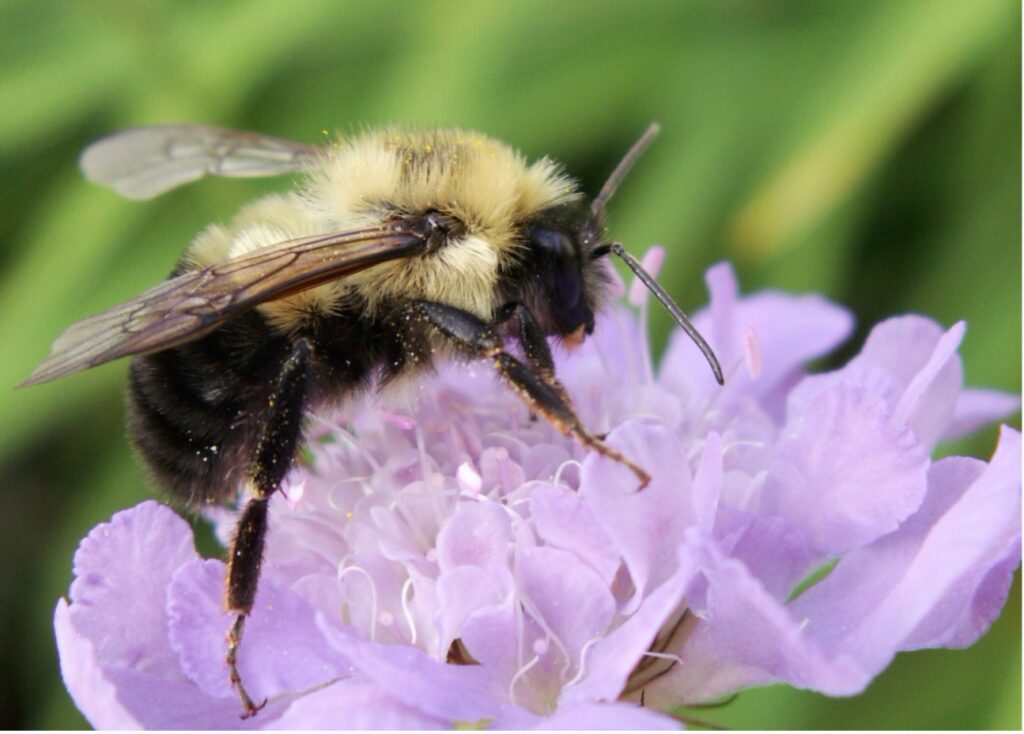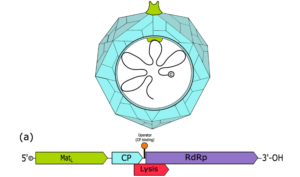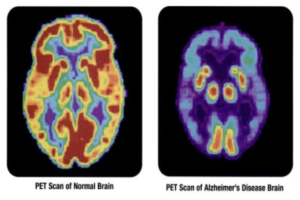
Figure 1: Actinobacteria were isolated from 56% of the insect microbiomes that Chevrette et al. (2019) examined, which resulted in 10,178 individual Actinobacteria isolates. The largest portion of these isolates were derived from the insect order Hymenoptera, shown above with 2,934 isolates, followed by 2,920 from Diptera, 1,326 from Lepidoptera, and 1,139 from Coleoptera
Source: Lyric Kinard, Flickr Photos
“Each year in the U.S., at least 2.8 million people get an antibiotic-resistant infection, and more than 35,000 people die,” according to the CDC (2020). The pursuit of antibiotic development, to treat and control the spread of infectious diseases, is a race against microbial adaptation. Within 35 years of penicillin’s release as an antibiotic in 1941, three infectious diseases became resistant. Penicillin-resistant Staphylococcus aureus was identified as resistant in just one year. Medical practitioners are currently prescribing antibiotics with higher efficacy compared to penicillin to treat bacterial infections (Britannica, 2018). Most antibiotics in use today were derived from the bacterial phylum Actinobacteria, 80% of which originated from the soil-dwelling genus of Streptomyces, so intuitively, exploration has continued within the soil (Peterson et al., 2018). However, this usually results in the rediscovery of previously successful compounds and minimal further antibiotic advancements. An area that needs further exploration are the microbiomes of nearby organisms that exist above the ground’s surface – the collection of microorganisms living on or within a host. In these microbes, we may find a bacterium capable of antibiotic production for humans.
The Currie Lab at the University of Wisconsin-Madison has discovered that Streptomyces sourced from insect microbiomes have an overall higher inhibition rate against pathogens than Streptomyces that are associated with the soil (Chevrette et al., 2019). Both bacterial strains are derived from the same genus, so it may come as a surprise that the insect-associated strains of Streptomyces often diverge from soil Streptomyces by millions of years of evolutionary lineages. Thus, looking into unique insect-associated strains opens the door for new antimicrobial advancements. The association between Streptomyces and insect hosts became evident after 2,561 insects spanning 15 taxonomic orders were examined. The different orders encompassed numerous geographical biomes, and Actinobacteria were isolated from 56% of these insect microbiomes, across 13 of the taxonomic orders referenced in Figure 1. Actinobacteria activity against pathogens varied between the different taxonomic orders of hosts suggested that some insect microbiome lineages are better suited for defense of specific pathogens. However, it remains significant that the majority of Actinobacteria orders were able to be isolated.
Chevrette et al. (2019) also discovered a new molecule that is capable of acting upon drug-resistant fungal pathogens. The new compound, cyphomycin, was produced by Streptomyces bacteria strains present in Cyphomyrmex sp., a fungus-growing ant. By using an experimental mouse model, cyphomycin produced a 1.07 log reduction in a Candida albicans (fungal) infection, which corresponds to the inactivation of the original target microbe concentration by 91.4%. This discovery could lead to crucial advancements in medicine as C. albicans is one of the most prevalent fungal infections in humans, especially among people with cystic fibrosis (Bryson, 2020). Additionally, cyphomycin displayed low levels of toxicity in hemolysis assays and no signs of toxicity during in-vivo mouse model studies.

Figure 2: Photomicrograph of Candida albicans reproductive spores. C. albicans is a very common source of dangerous fungal infections in humans
Source: Centers for Disease Control and Prevention, Rawpixel
Insect-associated Streptomyces was also effective in the mouse models against Escherichia coli and Pseudomonas aeruginosa infections with a 1.32 log reduction (95.2% inactivation) and a 0.77 log reduction (83.0% inactivation), respectively (Chevrette et al., 2019). This sheds light on the countless opportunities for further antibiotic research and development. Soil Streptomyces was the backbone of modern medicine, but it has recently become an exhausted resource, incapable of tackling antibiotic-resistant bacterial strains. Insects have evolved for millions of years, and their microbiomes may provide key information for human antibiotic development. This new approach leans away from the utilization of soil for antimicrobials and towards the exploration of host-microbial relationships. The Streptomyces of insects provides hope for reverting drug-resistant pathogens into pathogens responsive to antibiotics once again.
References
Britannica. (2018). Infectious diseases and chemotherapy. Encyclopædia Britannica Anniversary Edition: 250 Years of Excellence (1768-2018). https://www.britannica.com/science/history-of-medicine/Immunology.
Bryson, S. (2020). Higher Prevalence of Oral Candida Fungus Found in CF Patients. Cystic Fibrosis News Today. https://cysticfibrosisnewstoday.com/2020/08/04/higher-prevalence-oral-candida-fungus-found-cf-patients/?cn-reloaded=1.
Centers for Disease Control and Prevention. (2020). About Antibiotic Resistance. Centers for Disease Control and Prevention. https://www.cdc.gov/drugresistance/about.html.
Centers for Disease Control and Prevention. (n.d.). A photomicrograph of Candida albicans fungal spores [Photograph]. https://www.rawpixel.com/image/2288324/free-photo-image-cdc-bacteria-microscope
Chevrette, M. G., Carlson, C. M., Ortega, H. E., Thomas, C., Ananiev, G. E., Barns, K. J., Book, A. J., Cagnazzo, J., Carlos, C., Flanigan, W., Grubbs, K. J., Horn, H. A., Hoffmann, F. M., Klassen, J. L., Knack, J. J., Lewin, G. R., McDonald, B. R., Muller, L., Melo, W., Pinto-Tomás, A. A., … Currie, C. R. (2019). The antimicrobial potential of Streptomyces from insect microbiomes. Nature communications, 10(1), 516. https://doi.org/10.1038/s41467-019-08438-0
Kinard, L. (2006). Bee 8 [Photograph]. https://www.flickr.com/photos/91821458@N00/161751396/in/photolist-fi24b-fZKXo-
Peterson, E., & Kaur, P. (2018). Antibiotic Resistance Mechanisms in Bacteria: Relationships Between Resistance Determinants of Antibiotic Producers, Environmental Bacteria, and Clinical Pathogens. Frontiers in microbiology, 9, 2928. https://doi.org/10.3389/fmicb.2018.02928
Related Posts
The Next Source of Antibiotics: Viruses
Figure 1: A computer-generated image of a bacteriophage called a...
Read MoreAdvances in the Search for an Alzheimer’s cure
Cover Image: This image displays the differences between a normal...
Read MoreGeopolymer Cement: Upscaling Industrial Waste into Sustainable Alternatives to Portland Cement
Figure 1: Aerial view of the 1.1 billion gallons of...
Read MoreAnna Schwenn



